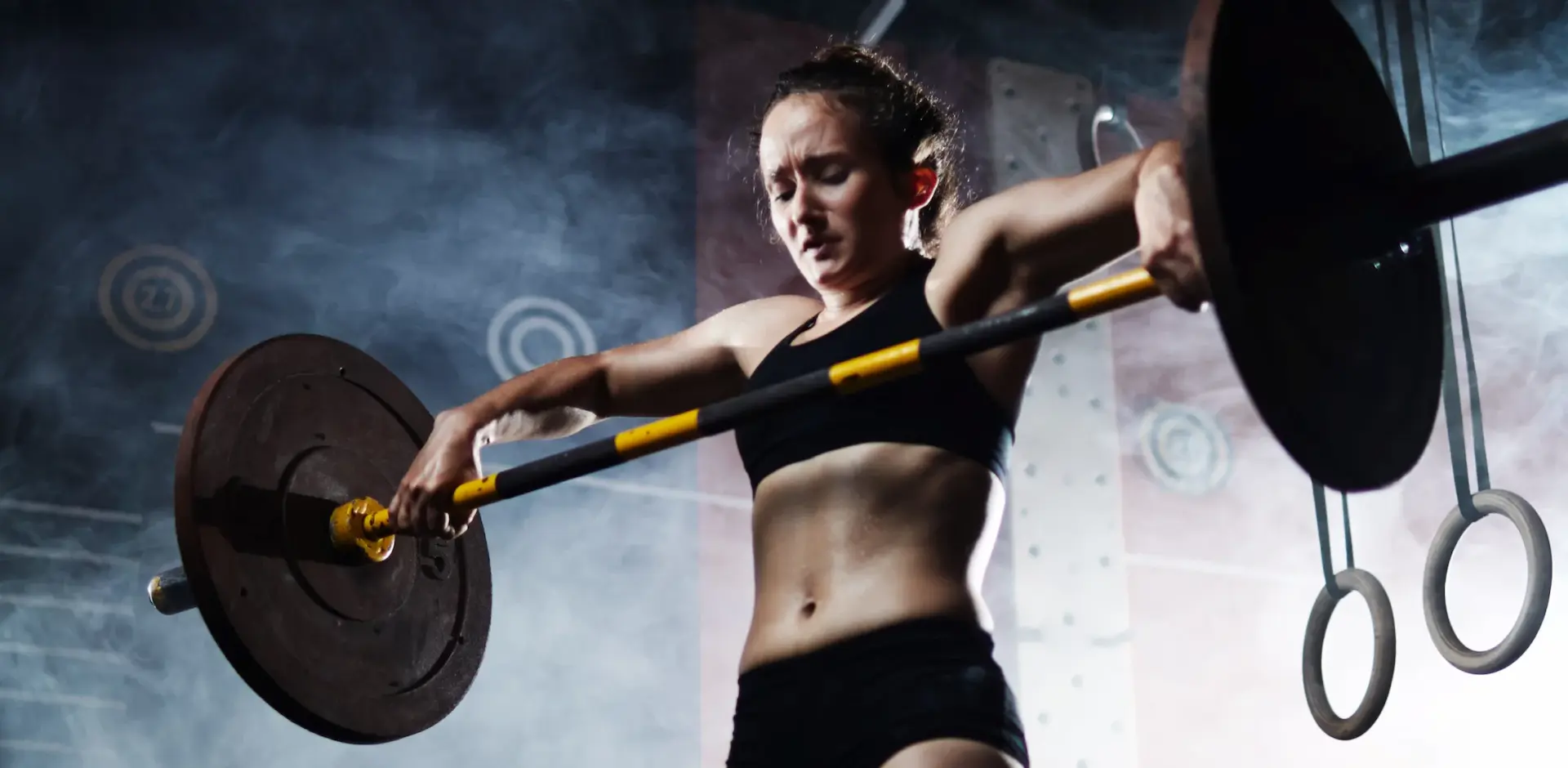Power training: how to develop maximum power output
How can you develop maximum power output? There are various tricks to follow that can take your power training to the next level.
How to take your power training to the next level
- To develop maximum power output, maximum intent is needed alongside efficient movement, which comes from coach feedback and power-based programming.
- To develop power, exercise needs to be ballistic in nature and should be sport-specific, while athletes need to be fully recovered.
- Compound training methods are most effective for power development.
In order for an athlete to elicit maximal power during an exercise or activity, their intent to do so is an integral piece of the training program puzzle. Twelve-year strength and conditioning coach Nico de Villiers described athlete intention as the “desire of an athlete to move explosively in a movement,” during his Science for Sport Presentation titled ‘Power Programming’.
“Power distinguishes between elite and notice athletes … and max intent does not necessarily result in max output, the desired outcome,” he said. “For max output, maximal intent is needed but athletes need to be efficient in the movement.”
Power development is multifactorial and traditional strength-based exercises alone, such as the bench press, aren’t enough to allow athletes to develop power in line with elite competition demands.

What makes up power? The maths equation
“We tend to see that the faster runners, the most explosive jumpers, and the hardest hitters are those who are able to express the greatest possible force in the time they have available,” de Villiers said.
He added that power could be broken down into a simple equation: Power = Force x Velocity.
“Power is a factor of the speed of movement and the full force of overcoming external resistance … basic physics tells us to rely on both force and high-velocity outputs,” de Villiers said.
Athlete intent is vital for developing power
Behm & Sale (1993) stated that velocity-specific adaptations are ultimately determined by the effort exerted by an athlete during training.
De Villiers elaborated: “if an athlete does not complete the movement with the highest velocity possible or with maximum intent, the power produced during that movement will be insufficient to create a true performance improvement.
“You should move the ball, bar or bodyweight as explosively as possible to actually get the training effect that you desire.”
But intent (velocity) is only half of the equation
“Max intent does not necessarily result in max output, the desired outcome. For max output, maximal intent is needed but athletes need to be efficient in the movement,” de Villiers said.
“Athletes need feedback in order to help them achieve the most efficient movement. This can be achieved through a coach’s eye or through technology and data, and is a critical element of power programming and development.”

So what is best for power development? de Villiers suggests programming should:
- Be sport and movement-specific
Regardless of performance level, many sport-specific movements are ballistic in nature and require the recruitment of type-2 muscle fibres (often referred to as fast-twitch).
“To develop power, exercise movement needs to be ballistic in nature … plyometric-based exercises in power training programmes have been shown to significantly improve maximal power output during sports-specific movements, like change of direction,” de Villiers said.
- Be completed by athletes who have fully recovered from fatigue
“The fatigue status of an athlete plays a key role in the effectiveness of the program and an athlete’s ability to produce peak power,” he said. “So power output training should take place when the athlete is recovered.
“To recruit the type-2 muscle fibres needed for short bursts of power, firstly you must recruit them, then fatigue them through movement-specific training and allow the body to recover to allow adaptation.”
He said to monitor athletes’ fatigue levels through establishing individual benchmarks and completing regular handgrip strength tests and wellness questionnaires.
- Contain compound training methods
There are various training methods that can be used to develop power – complex, contrast, and compound. But compound training, through research and practice, seems to be the most effective method, de Villiers said.
“With complex methods, athletes perform strength- and speed-based sets in the same session using heavy loads, typically 80 to 85 percent of 1-rep max. For example, a squat followed by a box jump.
“Compound methods of programming include strength-based exercises followed by ballistic exercises … with this method, you’re making use of the post-activation potentiation across different days.
“An example of a compound method includes athletes completing box squats and bench presses at 85 percent [of 1-rep max] on day one. Then on day two, athletes can do bench throws and squat jumps at 30 percent at high speed.
“Contrast methods combine heavy and light load exercises in a session. The key difference here is that heavy load exercises are completed at the beginning of a session and light at the end.”
A simple example of a contrast training protocol is the use of heavy back squats followed by a biomechanically similar, yet lighter load, exercise such as vertical jumps (after an adequate rest period).
To summarise the effectiveness of the different methods, de Villiers stated:
Compound > Complex > Contrast
About the Coach Academy presenter
Nico de Villiers is an NSCA-certified strength and conditioning specialist with a Master’s degree in Sport Science. He has 12 years of experience as a full-time S&C coach in various levels of rugby as well as netball. Currently, he is the Strength & Reconditioning Coach for Stormers Rugby Franchises in Cape Town, South Africa.
[optin-monster-shortcode id=”czosk0qsqzzsryj6gwot”]




